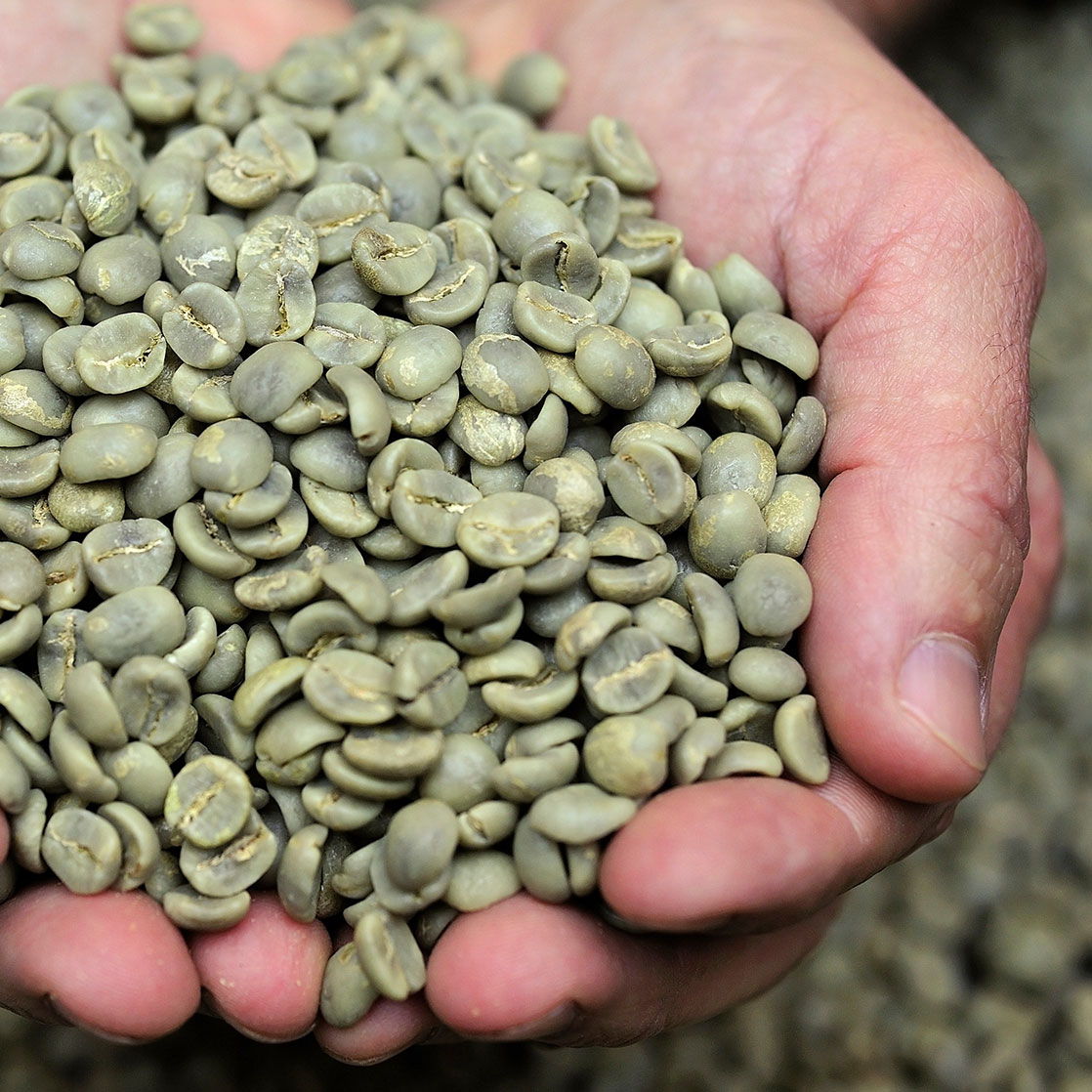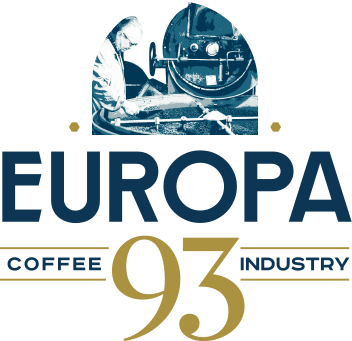the process
From raw bean to cup, the art of roasting
Behind a small everyday action – waking up in the morning to the smell of the moka or sipping an espresso as a fitting end to a good lunch – there’s a long and complicated process which not many people are familiar with, but which is carried out by coffee producers with care and passion. Let’s take a look at how we get from the plant to the cup.
selection
Sourcing and choosing the best raw materials
All the raw coffees we roast are carefully selected, and only those that fully meet our criteria are used in our blends and single-origin products.
From Brazil to India via the highlands of East Africa, we use strict quality controls to choose the very best.
Our coffee beans are grown by farmers who respect the production process and guarantee the highest standards in terms of respecting workers and the land, traceability and phytosanitary certification.
We also look for producers who can offer coffee grown organically.
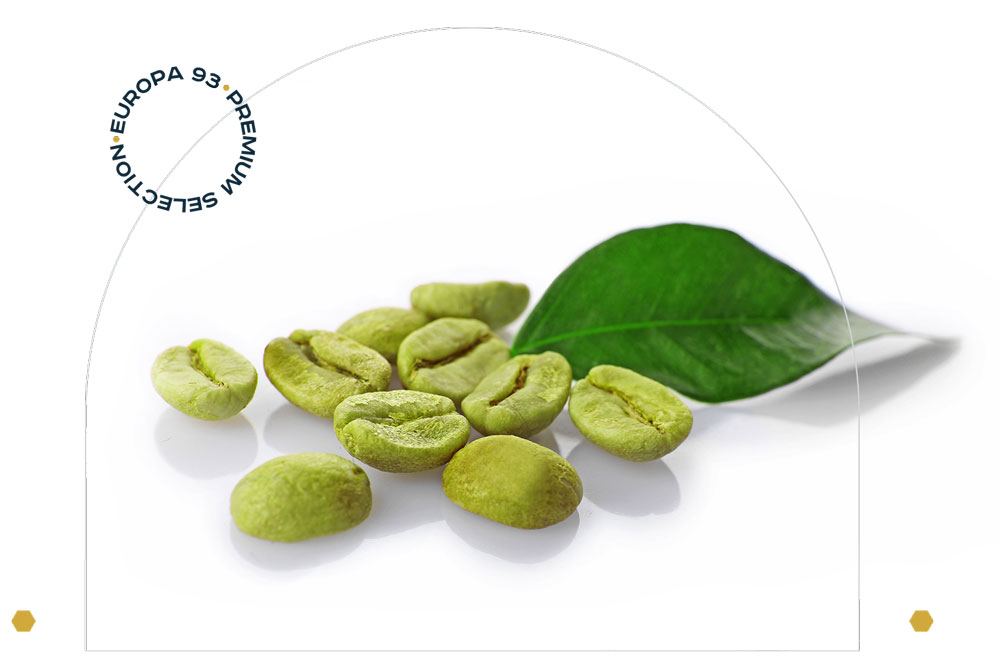
roasting methods
roasting, where technology meets tradition
Once the precious raw coffee beans arrive in our warehouses, it’s only a few weeks, or sometimes a few days, before they proceed to the roasting stage.
There are two methods of roasting coffee:
The first, mainly used by large-scale industry, is to pass the beans over a bed with jets of hot air at temperatures that can reach 400°C. This extremely rapid process (lasting approximately 2 minutes) means the beans are roasted much more on the outside than the inside, which sometimes results in flavour anomalies and affects preparation.
The second method is known as the rotating drum, and is still used by small manufacturers and coffee artisans. The process can last up to 20 minutes. Individual coffee varieties are roasted separately to bring out their aromatic content, without subjecting the beans to stress due to their different sizes and organoleptic properties. The temperature can reach 220°C, and the weight of the product may fall by 20% due to water loss. On the other hand, the volume may almost double in some cases. After roasting, the coffee is rapidly air-cooled so that the temperature falls quickly and the roasting is halted, preventing bitterness and burnt flavours.
roasting
A thousand nuances of coffee
An interesting fact: there is an international classification system which distinguishes coffee on the basis of its roast, and it includes 8 different roasting levels. It is the job of the master roaster to choose the most suitable, depending on the origin of the coffee, the intended use and, not least, consumer tastes: a Finnish coffee drinker is unlikely to choose a “dark” roast which will be preferred by a Neapolitan.
The levels of roasting: unroasted, light, cinnamon, medium, high, city, full city, French and Italian.

Storage, blending and packaging
The roasted coffee is stored in special silos for a variable period; this prevents the product being affected by humidity and temperature. The next stage is blending, in other words the creation of the “recipes” that make our blends, although the most precious origins are often not blended but used pure. Finally comes packaging in beans, ground or capsules, and distribution, which happens very quickly, to ensure maximum freshness.
